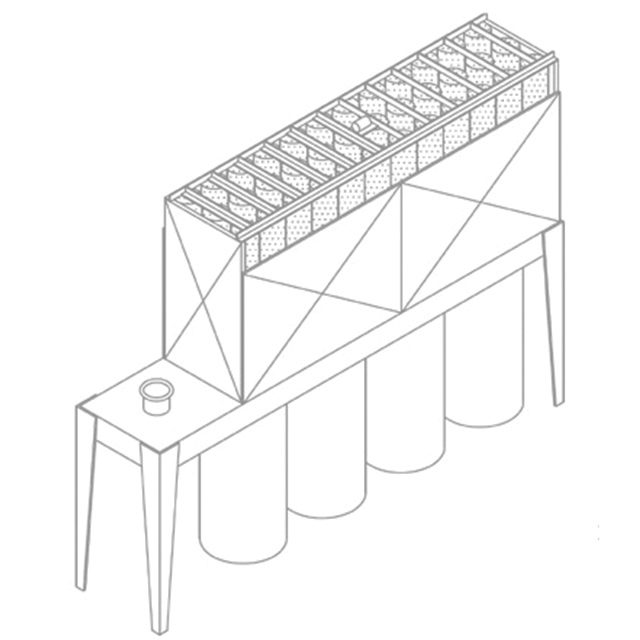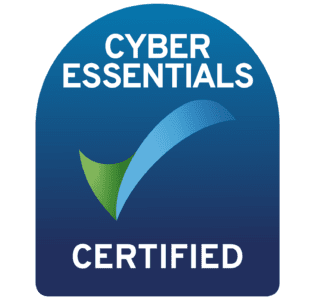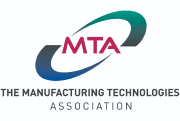-
M class polyester bag filter (stops 99.9% of the extracted particles)
-
Auto start/ stop
- Max airflow rate 2500 m3/ hour
- Max negative pressure 30 mbar
- Inlet diameter 160 mm, reduced to 120mm
- Number of inlets 2
-
Designed specifically for CNC routers
-
M class polyester bag filter (stops 99.9% of the extracted particles)
- Max airflow rate 550 m3/ hour
- Max negative pressure 300/ 320 mbar
- Inlet diameter 100 mm
- Number of inlets 2
-
M class polyester bag filter (stops 99.9% of the extracted particles)
-
Auto start/ stop
- Max airflow rate 4300 m3/ hour
- Max negative pressure 28 mbar
- Inlet diameter 250 mm reduced to 120mm
- Number of inlets 1
-
M class polyester bag filter (stops 99.9% of the extracted particles)
-
Auto start/ stop
- Max airflow rate 4300 m3/ hour
- Max negative pressure 30 mbar
- Inlet diameter 250 mm, reduced to 120mm
- Number of inlets 2
-
Fitted with castors for mobility
-
Suitable for softwood, hardwood, MDF
- Number of collection bins 1
- Suitable for materials Softwood, hardwood, MDF
- Volume 2040 cubic meters per hour
- Number of filters 1
-
Fitted with castors for mobility
-
Suitable for softwood, hardwood, MDF
- Number of collection bins 1
- Suitable for materials Softwood, hardwood, MDF
- Volume 2040 cubic meters per hour
- Number of filters 1
WDCC SMART 1
Dust Unit
-
SMART filter kit (with anti-static)
-
Fitted with castors for mobility
- Number of collection bins 1
- Suitable for materials Softwood, hardwood, MDF
- Volume 2040 cubic meters per hour
- Number of filters 1
WDCC SMART 3
Dust Unit
-
SMART filter kit (with anti-static)
-
Suitable for softwood, hardwood, MDF
- Number of collection bins 3
- Suitable for materials Softwood, hardwood, MDF
- Volume 4250 cubic meters per hour
- Number of filters 3
WDCC MF2/120/0
Dust Unit
-
Wood, MDF and sanding dust*
-
Manufactured in the UK
- Number of collection bins 2
- Suitable for materials Wood, MDF, sanding dust*
- Volume 3400 cubic meters per hour
- Number of filter sleeves 18
WDCC MF1/60/0
Dust Unit
-
Wood, MDF and sanding dust*
-
Manufactured in the UK
- Number of collection bins 1
- Suitable for materials Wood, MDF, sanding dust*
- Volume 2040 cubic meters per hour
- Number of filter sleeves 9
- Motor 5.5kW
- Power 3 Phase
There are no used machines to show for this product type.
-

Complete workshop installations for multiple machines
In conjunction with our specialist dust extraction partners we offer complete workshop solutions from single stand-alone dust units to integrated systems for multiple machines. The size and configuration of each system is designed specifically for individual customer requirements based on the workshop layout, machine usage and materials processed
Dust Extraction Frequently Asked Questions
-
What is dust extraction and why is it important?
-
Dust extraction in woodworking is the process of removing sawdust, wood shavings, and other particulates produced during machining operations to maintain a clean and safe work environment. It is essential because wood dust can pose significant health risks, including respiratory issues, skin irritation, and an increased risk of cancer with long-term exposure. Beyond health concerns, dust accumulation also creates fire hazards and can reduce the efficiency of woodworking machinery by clogging vital components. A well-designed dust extraction system helps ensure compliance with health and safety regulations, protects workers’ health, prevents machinery damage, and keeps the workshop environment clean.
-
-
What is Local Exhaust Ventilation (LEV) and how does it work in woodworking?
-
Local Exhaust Ventilation (LEV) is a system designed to capture and remove airborne contaminants, such as wood dust, at their source before they disperse into the workspace. In woodworking, LEV systems use a combination of hoods, ducting, fans, and filters to extract harmful dust directly from machinery or cutting tools, effectively preventing workers from inhaling it. By collecting contaminants at the point of generation, LEV significantly reduces exposure levels, ensuring a healthier work environment. Properly designed and maintained LEV systems are critical for meeting occupational safety regulations and maintaining air quality in industrial woodworking settings.
-
-
What are the legal requirements for dust extraction in industrial woodworking?
-
In industrial woodworking, there are stringent legal requirements regarding dust extraction, particularly in the UK, where regulations like the Control of Substances Hazardous to Health (COSHH) mandate that employers protect workers from wood dust exposure. This includes installing effective dust extraction or LEV systems to keep dust levels below workplace exposure limits. Employers must also conduct regular risk assessments, ensure that extraction equipment is adequately maintained, and carry out annual LEV testing to verify system performance. Compliance with these regulations is essential not only for worker safety but also to avoid legal penalties or sanctions from health and safety authorities.
-
-
How do dust extraction systems improve workplace safety in woodworking?
-
Dust extraction systems play a crucial role in improving workplace safety in woodworking by minimizing the amount of airborne dust and particulate matter that workers are exposed to. Wood dust can pose severe health risks, including respiratory diseases and allergies, and can also lead to eye and skin irritation. By capturing and filtering out dust before it becomes airborne, these systems significantly reduce the risk of respiratory problems for workers. Moreover, dust extraction helps prevent fires and explosions that can be caused by fine wood particles accumulating in the air, particularly when working with fine dust from MDF or hardwoods, making the workspace not only healthier but also safer.
-
-
How does an LEV system benefit woodworking operations?
-
An LEV system benefits woodworking operations by providing a cleaner and healthier work environment, reducing health risks associated with wood dust exposure, and improving overall productivity. By capturing dust at its source, LEV systems help keep machinery free of dust buildup, ensuring optimal performance and reducing downtime for cleaning or maintenance. The cleaner environment also leads to higher-quality finished products, as dust is less likely to contaminate surfaces or affect coatings. Additionally, compliance with health and safety regulations through proper LEV use can minimize liability risks and ensure that employees are working in a safe environment, which is essential for worker morale and productivity.
-








